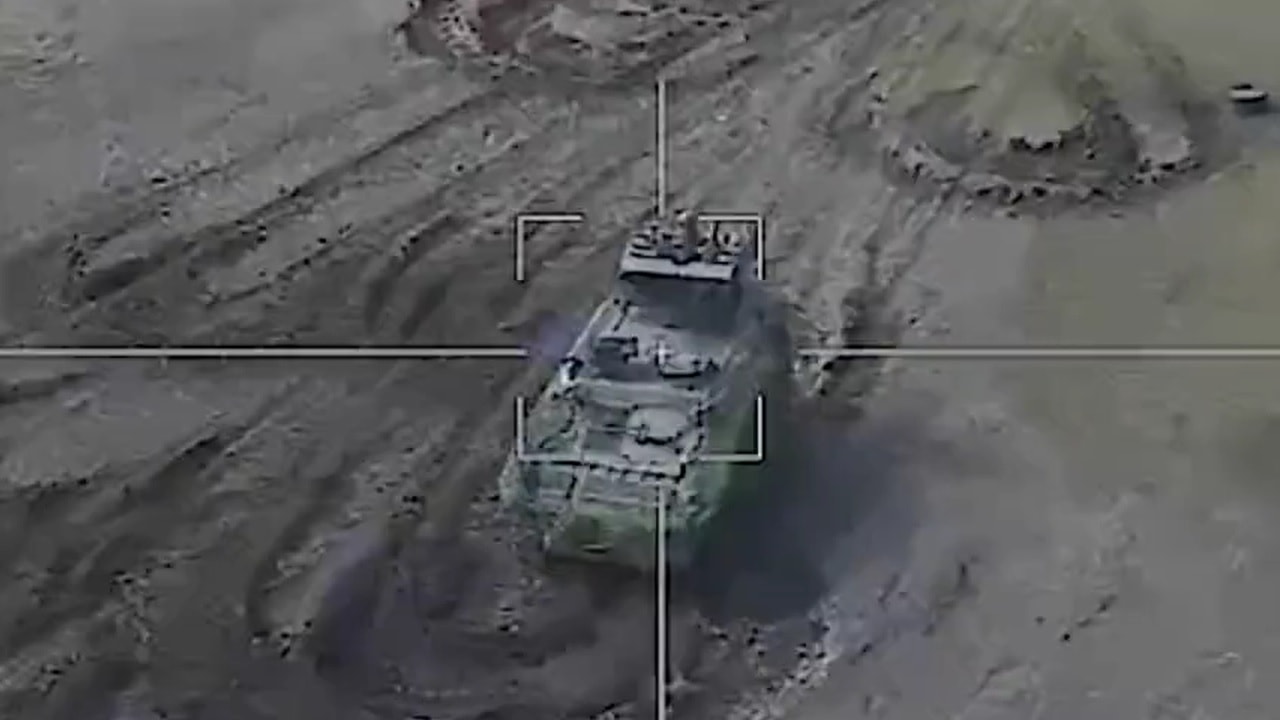With every major conflict comes a new technology which characterizes war.
In the First World War, tanks and U-boats brought a new dynamic to fighting. Ships could be sunk without warning in the Atlantic Ocean for the first time in history. A terrifying prospect matched only by the reaction of German soldiers when the British Mark I first entered the fight at the Battle of the Somme.
In the Second World War, aircraft played a major role in the successful liberation of Europe. The Battle of Britain prevented German occupation of the British Isles, while aircraft was later used to rain bombs down on cities such as Dresden.
In Vietnam, helicopters became a symbol of the war. Contrary to popular belief, helicopters were used in WWII, although their prominence in Vietnam showed the rate of technological advancement in military equipment.
The Latest Technology
For Russia’s full-scale invasion of Ukraine, the major player has been the use of drones; not necessarily the well-known drones used by NATO allies to take out extremist leaders in the Middle East, but kamikaze drones designed to inflict terror onto enemy troops or military infrastructure.
Such drones have been used by both sides in the conflict. Russia spent much of last winter attempting to plunge Ukraine into darkness by targeting energy facilities causing frequent power cuts in urban areas. More recently, Kyiv has been launching drone attacks on military targets on Russian soil.
Drones are cheap and disposable, yet still effective. They can launch precision strikes on targets in a matter of minutes. This is particularly helpful for Ukraine, who must keep the West on side. Missile strikes on Russian markets will deter the West from providing further support – a concern less prevalent for the accused war criminal Vladimir Putin.
Quite often on social media you will see footage of a drone launching an attack on a stranded Russian unit, or a building in occupied Ukrainian territory. The drones’ ability to provide real-time video footage of enemy positions helps to launch an attack in a handful of minutes, removing an element of doubt as to whether civilians may be at risk.
Technological advancements also mean that information is more widely available. Soldiers are able to access live feeds from anywhere in the country connected to Elon Musk’s Starlink; what was once only available to high-level commanders is now accessible to a soldier on a laptop.
The rate of advancement in this technology is staggering. As recently as the 1970s, drones parachuted film down to troops to review footage, by which point the enemy could be long gone. Comparatively, during the Battle for Bakhmut, there were up to 50 of them in the skies at any one time.
The conflict, like many others before, is pioneering and advancing military equipment. Drones are no exception.
Shay Bottomley is a British journalist based in Canada. He has written for the Western Standard, Maidenhead Advertiser, Slough Express, Windsor Express, Berkshire Live and Southend Echo, and has covered notable events including the Queen’s Platinum Jubilee.

